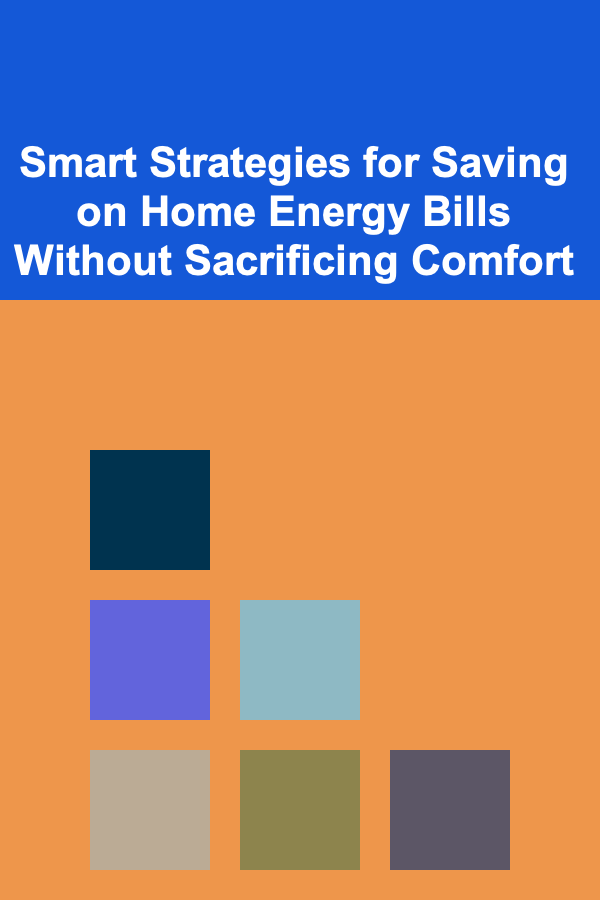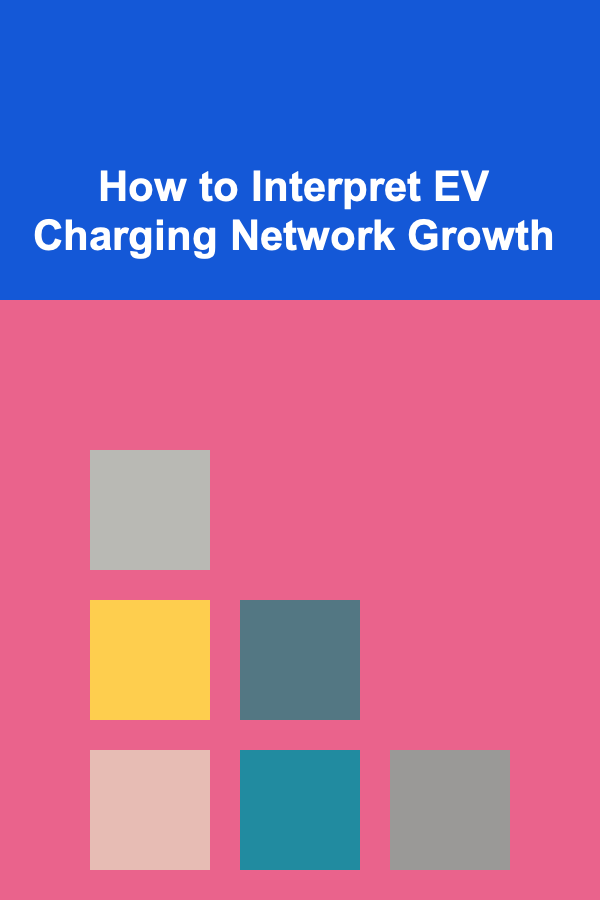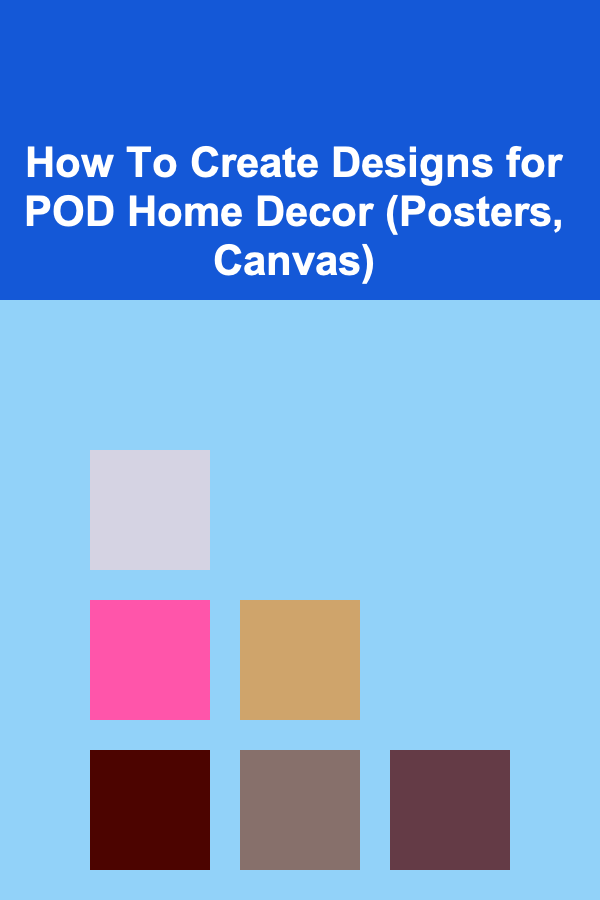
10 Tips for Using Fabric and Textiles as Photo Props
ebook include PDF & Audio bundle (Micro Guide)
$12.99$7.99
Limited Time Offer! Order within the next:
Not available at this time

Photography is a creative art that allows the photographer to explore different elements and textures to create visually appealing images. One often overlooked yet incredibly versatile tool in photography is fabric. Fabrics and textiles can be used as props to elevate the aesthetic of your photos, add depth, and contribute to the storytelling aspect of the image. Whether you're capturing portraits, product shots, or still life, the right fabric can enhance your composition in numerous ways. In this article, we'll explore 10 essential tips for using fabric and textiles as photo props, helping you elevate your photography game.
Consider the Color Palette
The color of the fabric you choose can have a significant impact on the overall mood of the photograph. Fabric colors can evoke various emotions and complement or contrast with the subject, creating a cohesive visual experience. When selecting fabrics for your shoot, consider the following:
- Neutral Tones: Fabrics in neutral tones like whites, grays, and beiges are versatile and work well in almost any setting. They can help highlight the subject, especially in portrait photography, without overpowering the scene.
- Bold Colors: If you're going for a more dramatic or energetic mood, bold colors like red, yellow, or turquoise can add vibrancy to the photograph. Be mindful of how they interact with the other elements in the frame, as they can draw attention to specific areas.
- Pastels: Soft pastels, such as blush pink, lavender, or mint green, work wonderfully for serene and calm images. These colors are often used in bridal and lifestyle photography to create a soft and romantic atmosphere.
- Contrasting Colors: When using fabrics with contrasting colors, the goal is often to create a strong visual impact. For example, pairing a deep blue fabric with a bright yellow garment can make both elements pop in the photograph.
Pay attention to the color wheel and experiment with complementary or analogous color schemes to achieve your desired effect.
Play with Texture and Layers
Textures can add a tactile dimension to your photograph, making it feel more real and dynamic. Using different fabrics with contrasting textures allows you to add depth to the image. Some key considerations include:
- Velvet: Velvet fabrics have a rich, luxurious feel and work well in portrait or product photography where you want to highlight a sense of elegance or opulence.
- Linen: Linen is perfect for a more laid-back or rustic vibe. It has a natural, slightly wrinkled look that can evoke warmth and comfort in lifestyle or outdoor photography.
- Silk and Satin: These fabrics have a smooth, reflective surface that can add a soft, glowing quality to your photographs. They're often used in fashion photography to highlight movement and light.
- Cotton: Cotton fabrics are a staple for casual shoots, as they're soft, breathable, and versatile. They can work in nearly any context, from home settings to outdoor adventures.
- Burlap or Hessian: If you're shooting a more rustic or country-style setting, burlap or hessian fabric provides a rough, textured appearance that complements nature and outdoor themes.
By layering different textures---such as pairing a soft silk with a coarse wool or combining a smooth cotton with an intricate lace---you can create visual contrast and intrigue.
Use Fabric to Create Backgrounds
Incorporating fabric into the background of your photo shoot can instantly change the atmosphere of the image. A well-chosen backdrop can either complement the subject or help it stand out. Consider these options for using fabric as a background:
- Draping: Drape fabric over a backdrop or hang it from a support structure. The way it falls can create elegant lines and shapes, adding dimension to your image.
- Tensioned Fabrics: Pulling fabric taut across a backdrop can create a clean, smooth surface. This is ideal for minimalist photography where you want a simple, distraction-free background.
- Layered Backgrounds: Use multiple layers of fabric to create depth. For example, layering sheer fabric over a colorful backdrop can create a soft, ethereal look.
- Printed Fabrics: Consider using fabrics with patterns or prints, such as florals or geometric designs. These can add character to the background while complementing the subject.
Incorporate Movement and Flow
Fabrics can bring movement and flow to your images, making them feel dynamic and alive. Whether the fabric is fluttering in the wind or draped elegantly around the subject, it can introduce a sense of fluidity. Here's how you can use fabric to create movement:
- Wind or Fan Effects: If you're shooting outdoors, you can use the natural wind to make the fabric move, or you can use a fan to create a similar effect. Fabrics like chiffon, silk, or organza are particularly great for capturing this kind of movement.
- Action Shots: In fashion photography or dance photography, fabric can help convey a sense of motion. Use flowing materials that will catch the air, like long skirts or shawls, to create drama in action shots.
- Fabric Twirls: Have the subject twirl or spin with a piece of fabric in their hands or wrapped around them. This movement can make the fabric come alive in the photograph.
Use Fabric to Highlight or Conceal Parts of the Subject
Fabric can be an effective way to highlight or conceal certain parts of your subject, especially in portrait or product photography. For example:
- Focus on the Face: Use a piece of fabric to gently frame the face, drawing attention to the subject's eyes or expression.
- Concealing with Drapes: In some cases, you might want to use fabric to conceal certain parts of the subject's body, focusing attention on specific features like the hands or face. This can create an air of mystery or elegance.
- Hiding Imperfections: If you're shooting a product or an object, fabric can be used to hide parts of the object that you don't want to show or to create a cleaner aesthetic.
Experiment with Natural and Artificial Light
The way light interacts with fabric can dramatically affect your images. Natural light creates soft, flattering shadows, while artificial light can be used to highlight textures and colors more intensely. Here's how you can experiment:
- Soft Light: Fabrics like linen, cotton, and chiffon diffuse light beautifully, creating a soft, even effect. Use natural light from a window to achieve this look or set up softboxes in a studio to emulate the effect.
- Hard Light: On the other hand, using harsh light can create sharp shadows and emphasize texture. Fabrics with intricate textures like lace or velvet react well under hard light, creating interesting shadows and highlights.
- Backlighting: For a more dramatic effect, you can use backlighting with translucent fabrics such as silk or organza. This will cause the fabric to glow and create a beautiful halo effect around your subject.
Use Fabric for Styling and Layers in Product Photography
In product photography, fabric can play an important role in styling. You can use it to create elegant or luxurious setups that highlight the product. Here are some ideas:
- Satin or Velvet: Place products on a satin or velvet fabric to create a high-end, luxurious vibe. These fabrics reflect light and can make items like jewelry or perfumes stand out.
- Layering: Use multiple fabric layers under or around the product. This helps to create an intriguing background that complements the main subject without drawing too much attention away from it.
- Fabric as an Accent: Instead of using a full fabric background, you can use fabric accents like a folded napkin, a scarf, or a piece of lace to add texture and warmth to your setup.
Incorporate Patterns and Prints for Interest
Fabric with patterns or prints can add a sense of personality and uniqueness to your photograph. These can be bold and graphic or delicate and subtle. Here's how to use them:
- Floral Prints: Floral fabric can add a soft, romantic feel to your image, making it ideal for lifestyle or fashion photography. Pair floral fabrics with neutral-toned subjects to let the fabric shine.
- Geometric Patterns: Fabrics with geometric prints are excellent for more modern or contemporary photoshoots. They can add a structured, organized feel to the image.
- Plaid or Stripes: Stripes or plaid fabric can create a sense of balance or order in your composition. These patterns are great for adding texture and visual interest, especially when they contrast with other elements.
Consider the Scale and Proportions
When using fabric in photography, always keep in mind the scale and proportions of both the fabric and the subject. Too much fabric can overpower the subject, while too little may not create enough visual impact. Play with the size of the fabric relative to the subject to find the right balance:
- Oversized Fabrics: Large pieces of fabric can create an expansive background or serve as a dramatic accent, especially in portraits. Experiment with fabric that drapes or spills over the subject for a more whimsical or grand effect.
- Small Accents: Alternatively, using a small piece of fabric as an accent can bring focus to a specific part of the subject. A scarf or shawl can add a touch of personality without overwhelming the shot.
Use Fabric to Frame the Subject
Fabric can be used as a framing device in your photos. By placing fabric around or in front of the subject, you can create a natural vignette, directing the viewer's attention to the focal point. Here's how you can use fabric for framing:
- Draping Fabric Around the Subject: Draping fabric loosely around the edges of your frame can create a soft, natural border. This works especially well in portrait photography where you want to create an intimate, focused look.
- Creating a Window Frame: You can also use fabric to simulate a window or doorway, leading the viewer's eye toward the subject. This works well for a photojournalistic or storytelling feel.
Conclusion
Fabric and textiles are invaluable tools for photographers seeking to enhance their images. Whether you're looking to add texture, color, depth, or movement, the right fabric can transform your photography. By understanding the different types of fabric, experimenting with light and texture, and using fabric to frame and highlight your subject, you can elevate your photo shoots and create stunning, dynamic images. So, next time you step behind the camera, don't forget the power of fabric -- it might just be the missing piece that takes your photography to the next level.

How to Maintain Your Home's Lawn and Garden for Healthy Growth
Read More
Smart Strategies for Saving on Home Energy Bills Without Sacrificing Comfort
Read More
Solving Complex Cost Accounting Problems: Insights from Leading Experts
Read More
Top 10 Affordable Children's Party Ideas That Will Wow the Kids
Read More
How to Interpret EV Charging Network Growth
Read More
How To Create Designs for POD Home Decor (Posters, Canvas)
Read MoreOther Products

How to Maintain Your Home's Lawn and Garden for Healthy Growth
Read More
Smart Strategies for Saving on Home Energy Bills Without Sacrificing Comfort
Read More
Solving Complex Cost Accounting Problems: Insights from Leading Experts
Read More
Top 10 Affordable Children's Party Ideas That Will Wow the Kids
Read More
How to Interpret EV Charging Network Growth
Read More